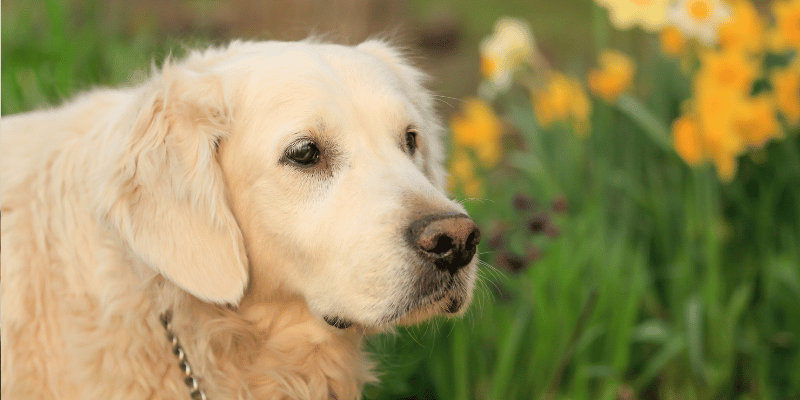If your dog is elderly or significantly overweight, coexisting health issues could make exercise a bit of a struggle for all involved. However, daily activity is important for your pet’s mental and physical well-being, and if performed in an appropriate manner, can be safe and enjoyable too!
Here are some general tips on how to exercise your elderly or overweight dog appropriately.
Coexisting health issues
Elderly or overweight dogs are more likely to have health issues that can affect their ability to exercise comfortably and safely.
It is common for pets eight years old and above to be affected by a degree of osteoarthritis, which can affect their general strength and mobility. Older or heavier pets are more likely to “overdo it” whilst exercising, which may exacerbate any pre-existing joint conditions and cause them to limp or move stiffly when they’ve cooled down. Heavier pets are also at a higher risk of respiratory distress or dangerous overheating if they are exercised vigorously, particularly in hot or humid conditions.
For this reason, it’s highly recommended that before embarking on a new fitness regime for your pet, you’ve had their general health assessed recently by one of our veterinarians. If we do find any pre-existing health conditions, we can recommend further diagnostics or treatment as appropriate to manage your pet’s condition.
Low impact exercise
If your pet is elderly or overweight, it’s a good idea to gradually build up their fitness and keep their exercise “low-impact”, with a focus on exercising only in cooler conditions. This means keeping a steady pace, and not encouraging your pet to leap in the air, change direction at speed, or jump up or down from elevated surfaces.
Low-impact exercises for dogs include on-lead walks, off-lead sniffing, and wading in shallow water.
For more personalised advice on your pet’s safest health and exercise recommendations, we’d advise checking in with our knowledgeable vets.

